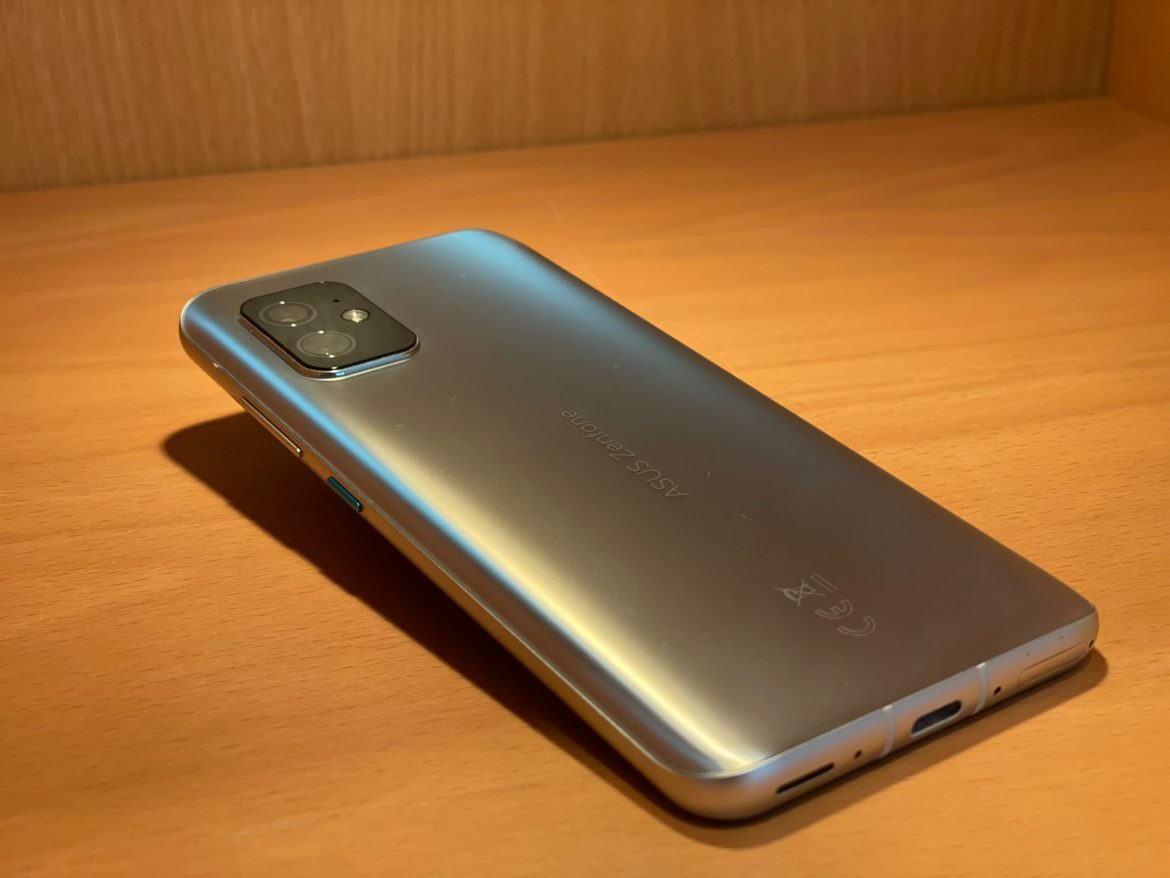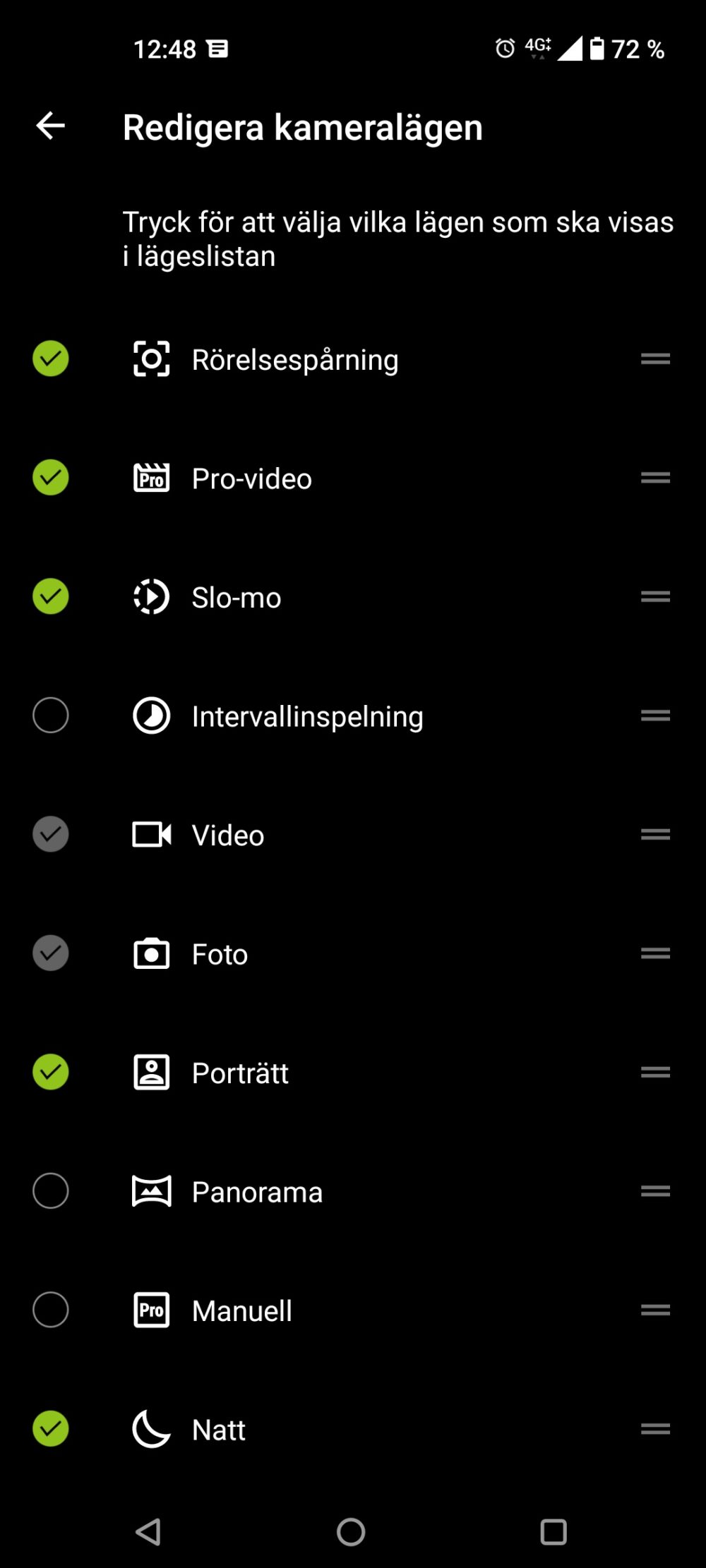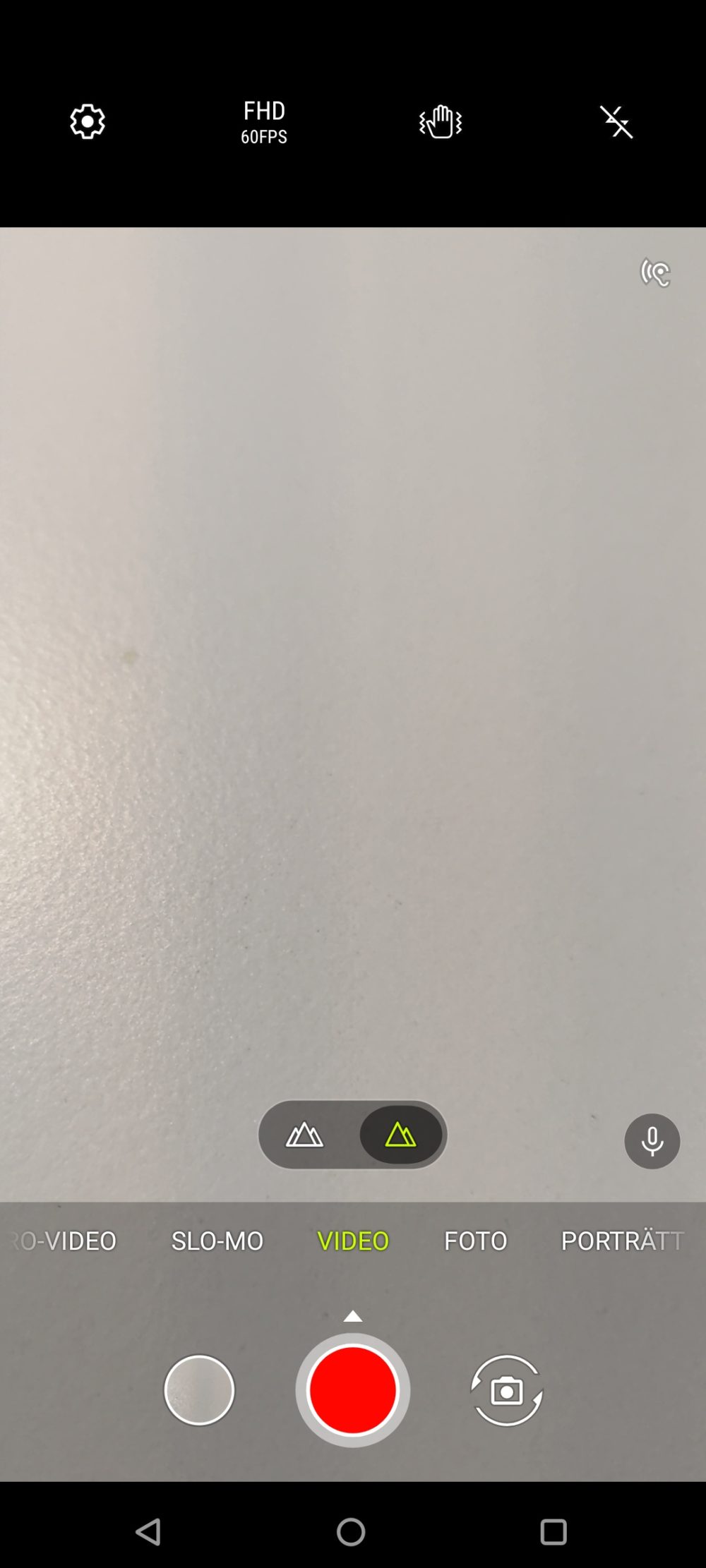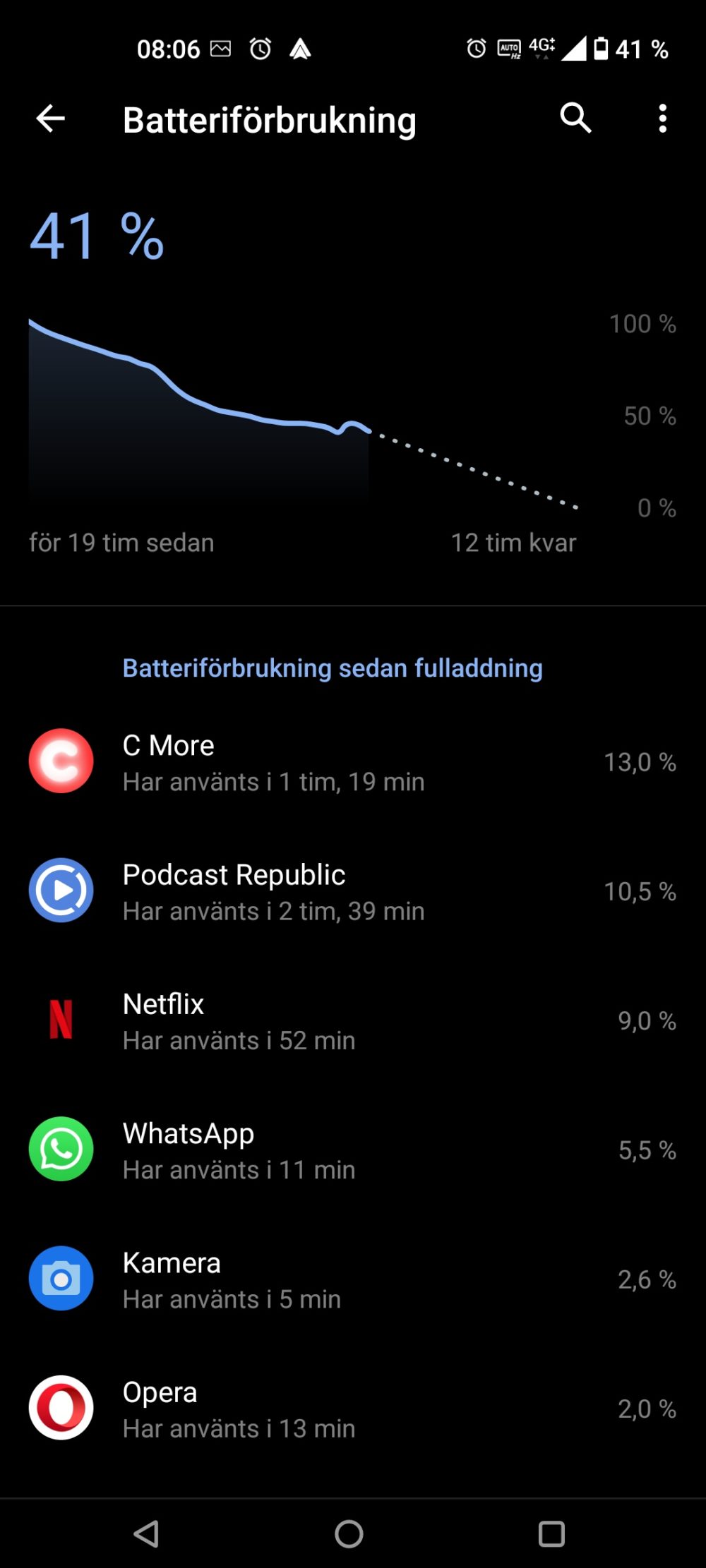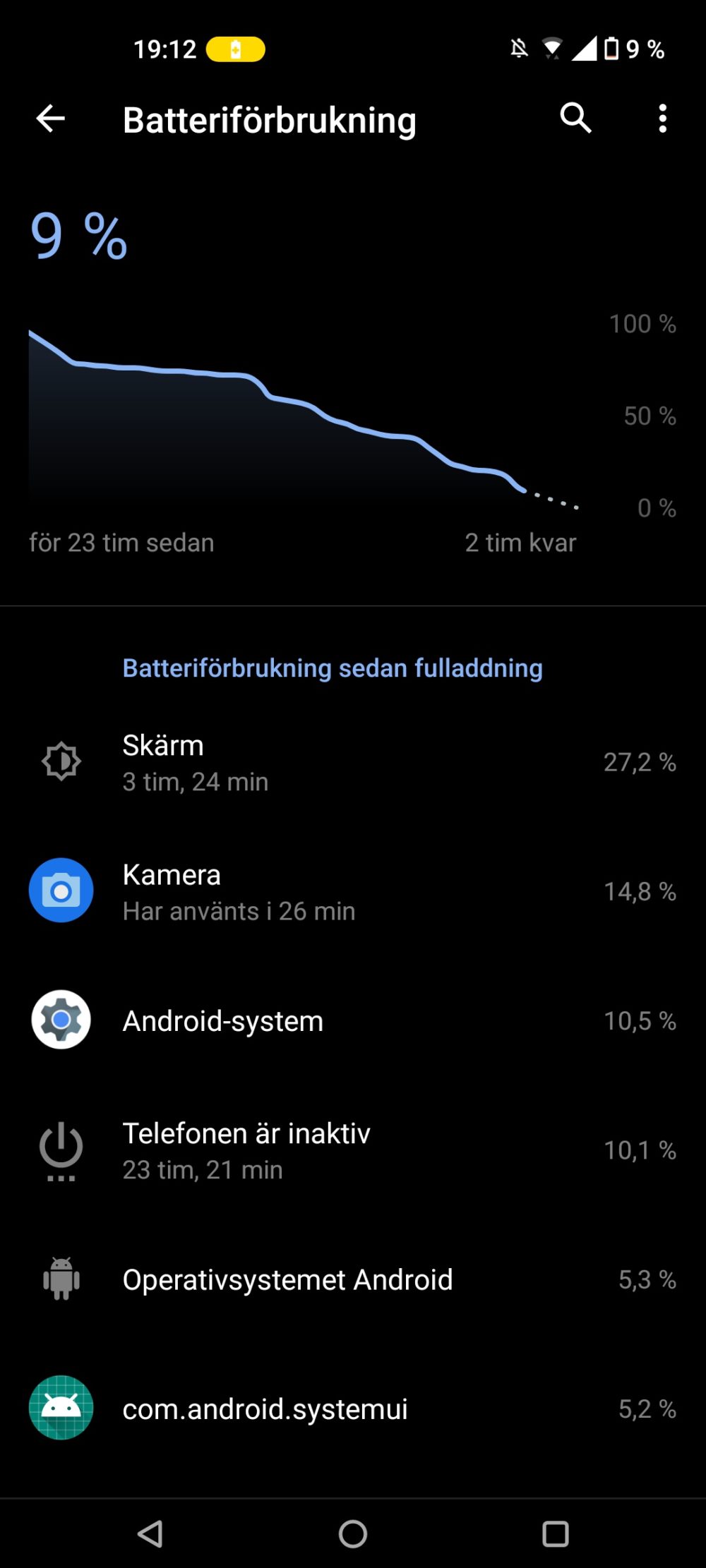TL;DR
Asus breaks tradition with the compact Zenfone 8, offering powerful performance in a smaller package. This month-long review reveals a refined device with a brilliant 120Hz AMOLED display, fast face unlock, and a surprisingly capable dual camera. While it handles daily tasks and streaming with ease, intensive use like 8K video can lead to heat and battery concerns. The Zenfone 8 boasts a sleek design, minimal bloatware, and a welcome 3.5mm headphone jack, plus IP68 water resistance. However, it lacks wireless charging and expandable storage. Is this pocket-friendly powerhouse the right fit for you? Dive into the full review to find out.
Asus phones are typically designed with a strong emphasis on performance, often targeting the gaming market, and frequently feature a larger form factor. The Zenfone 8 marks a departure, offering a more compact size while retaining impressive internal specifications. This positions the phone to appeal to a broader consumer base.
A Subjective Review
The Asus Zenfone 8 was evaluated over a month of daily use. This review focuses on the phone’s performance in real-world scenarios, rather than a comprehensive recitation of technical specifications. The aim is to provide a user profile to help readers determine if this phone aligns with their individual needs and preferences.
The primary user in this evaluation is not a hardcore gamer. While games like chess are played, the phone is not subjected to graphically intensive applications. Social media usage is limited, but streaming of both video and music is a daily occurrence. The camera is used frequently, particularly for capturing photos of children.
During the testing period, the phone was used primarily in a typical office and home environment, with convenient access to charging. This context forms the basis for this review.
First Impressions of the Asus Zenfone 8
The Asus Zenfone 8 presents itself as a refined and powerful device. Its understated, yet robust and straightforward design gives a stylish impression without being ostentatious. The included case, a common inclusion with Android phones, is somewhat slippery. However, the availability of numerous third-party alternatives allows for easy customization. The phone exhibits responsiveness and speed, largely due to its 120Hz AMOLED display. Applications launch promptly, and the multi-button provides rapid access to desired functions. The initial setup is clean, with minimal pre-installed applications and bloatware.
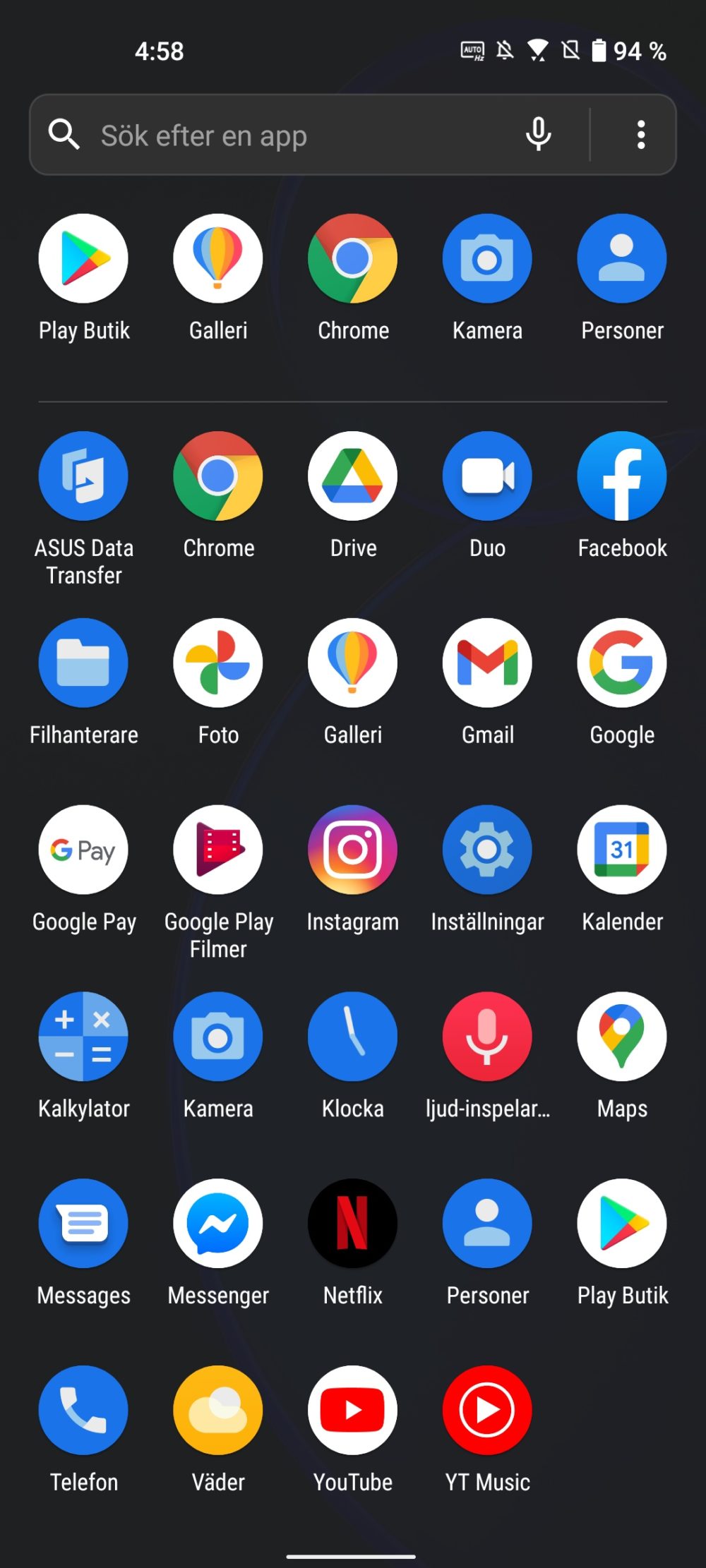
The display offers high brightness and excellent visibility, even in direct sunlight. It can also be sufficiently dimmed for comfortable use in low-light environments, such as bedrooms or cinemas (in unavoidable circumstances, of course).
Concerns have been raised regarding the Zenfone 8’s thermal performance. Under sustained high-performance loads, such as recording 8K video or capturing photos of multiple children within a short timeframe, the device does exhibit noticeable heat. However, in typical daily usage, the temperature remains within acceptable levels.
The in-display fingerprint reader’s performance is a common concern. While historical implementations have been inconsistent, the Zenfone 8’s reader proves to be generally reliable. While occasional failures do occur, successful unlocks were achieved in the majority of test attempts. One caveat: accessing the reader in complete darkness can result in a burst of bright light.
The face recognition feature is exceptionally fast, prompting some questions about its security. Testing revealed that the phone could be unlocked even with partial facial obstruction, indicating a potential vulnerability.
The Camera
Contrary to current trends, the Asus Zenfone 8 features a dual-lens camera system, comprising a 64 MP main lens and a 13-megapixel wide-angle lens. Despite the lack of additional lenses, the camera produces images with considerable depth, accurate color reproduction, and impressive detail, thanks to the Sony IMX663 sensor. A 12-megapixel front-facing camera is available for selfies. A variety of shooting modes are provided, each with its unique advantages. Crucially, the camera is responsive and quick to launch, ensuring that fleeting moments can be captured effectively.







A particularly useful feature is the ability to customize the shortcut options displayed at the bottom of the camera interface. This allows users to prioritize frequently used modes, such as Night or Portrait, while deprioritizing less common options like Document. This customization provides quick access to the most relevant functions.
Battery Performance of the Asus Zenfone 8
In environments with readily available power sources, battery life is generally not a concern for the Zenfone 8, or most modern smartphones. The fast-charging capability is effective for quick top-ups during brief periods of downtime, or while using the phone as a media source in a vehicle. For instance, a phone starting the day at 30% charge can reach approximately 50% within fifteen minutes of charging in a car, providing sufficient power for typical daily use.
However, the battery capacity can be a limitation. Under heavy usage scenarios, such as extensive photography or resource-intensive tasks, concerns about battery depletion can arise. Therefore, the Zenfone 8 is not ideally suited for situations where charging opportunities are uncertain. While power-saving options are available, the underlying concern that a power bank might be necessary detracts from the overall user experience.
Key Features of the Zenfone 8
The Zenfone 8’s compact dimensions are a significant attribute, and their benefits become increasingly apparent over time. The phone’s reduced size makes it less intrusive in everyday use, fitting comfortably in pockets. This eliminates the need to constantly remove the phone when sitting or carrying it after taking off a jacket. While the habit of carrying a larger phone may persist initially, the convenience of the smaller form factor becomes readily apparent. In addition to the dimensions, several other features stand out.
The small indicator light at the bottom of the phone is a notable feature. Those familiar with Blackberry devices may recall similar notification LEDs. This LED indicates missed calls, messages, and other notifications. When charging, it emits a solid orange glow, transitioning to green upon full charge. This feature proved to be both appealing and practical during the test period. While its usefulness may vary among users, it can be easily customized or disabled within the Android settings.
The phone’s IP68 rating is another significant advantage. This classification signifies complete dust resistance (IP6X) and the ability to withstand submersion in water up to 1.5 meters for 30 minutes (IPX8). With an appropriate case, accidental drops into water should not pose a major threat, and the user can confidently perform water-related activities without concern.
The inclusion of dual speakers is a notable benefit, eliminating the imbalance of mono audio. An outdoor mode optimizes sound dispersion, further enhancing the audio experience. Call quality is excellent, with clear audio through both the earpiece and the microphone.
Finally, despite its size and IP rating, the Zenfone 8 retains a 3.5 mm headphone jack, a feature increasingly absent in modern smartphones.
Limitations of the Asus Zenfone 8
While the overall experience is positive, some desirable features are absent. These omissions, while potentially minor, prevent the phone from achieving a perfect score.
Given the concerns regarding battery life, the inclusion of wireless charging could have mitigated some of the anxiety associated with battery depletion.
A proximity sensor, enabling the display to be activated by hovering a hand over the screen, would complement the notification LED effectively. This would be particularly useful in low-light environments or during meetings where discreetly checking notifications is desired.
The lack of a memory card slot is a notable omission. While the available storage (128 GB or 256 GB) is likely sufficient for most users, those who frequently record 8K video may find it limiting, as 30 seconds of 8K footage consumes approximately 500 MB. The option to expand storage via memory cards would be a welcome addition, particularly given its prevalence on Android devices.
Zenfone 8 – Success or Failure?
The Zenfone 8 is a phone that is easy to appreciate, and ultimately, it delivers a positive experience. However, concerns regarding battery life persist. Aside from this and the surprising absence of a memory card slot, the Zenfone 8 is a capable device that provides a responsive and streamlined user experience. Its compact form factor and high performance make it a powerful and discreet device, capable of delivering significant performance, albeit with some limitations in battery endurance.
Does the Zenfone 8 offer good value? The combination of a compact form factor and high-end performance distinguishes it from much of the competition. The Apple iPhone 13 Mini is one of the few comparable devices in terms of size and performance, but the Zenfone 8 is available for a significantly lower price and offers superior specifications in some areas. Therefore, the Zenfone 8 can be considered a very affordable option overall.
Asus Zenfone 8 Specifications
System circuit: Snapdragon 888
Processor: Kryo 680 Prime 2.84 GHz + 3 Kryo 680 Gold 2.42 GHz + 4 Kryo 680 Silver 1.8 GHz
Graphics: Adreno 660 840MHz
Memory: 16 GB
Storage: 256 GB
Screen: 5.9 inch AMOLED screen, 1080 x 2400 pixels (20:9), 120 Hz
Cameras: 64 megapixel + 13 megapixel wide angle with LED rear, 12 megapixel front
Connections: 2 USB-C, 3.5 mm headphone jack
Communication: 2g, 3g, 4g, 5g, Wifi 6E, Bluetooth 5.2, agps, galileo, nfc
Operating system: Android 11 with ZenUI 8
Other: Dual sim, waterproof (IP68)
Battery: 4,000 mAh
Size (cm): 14.8 x 6.85 x 0.9
Weight (grams): 169
